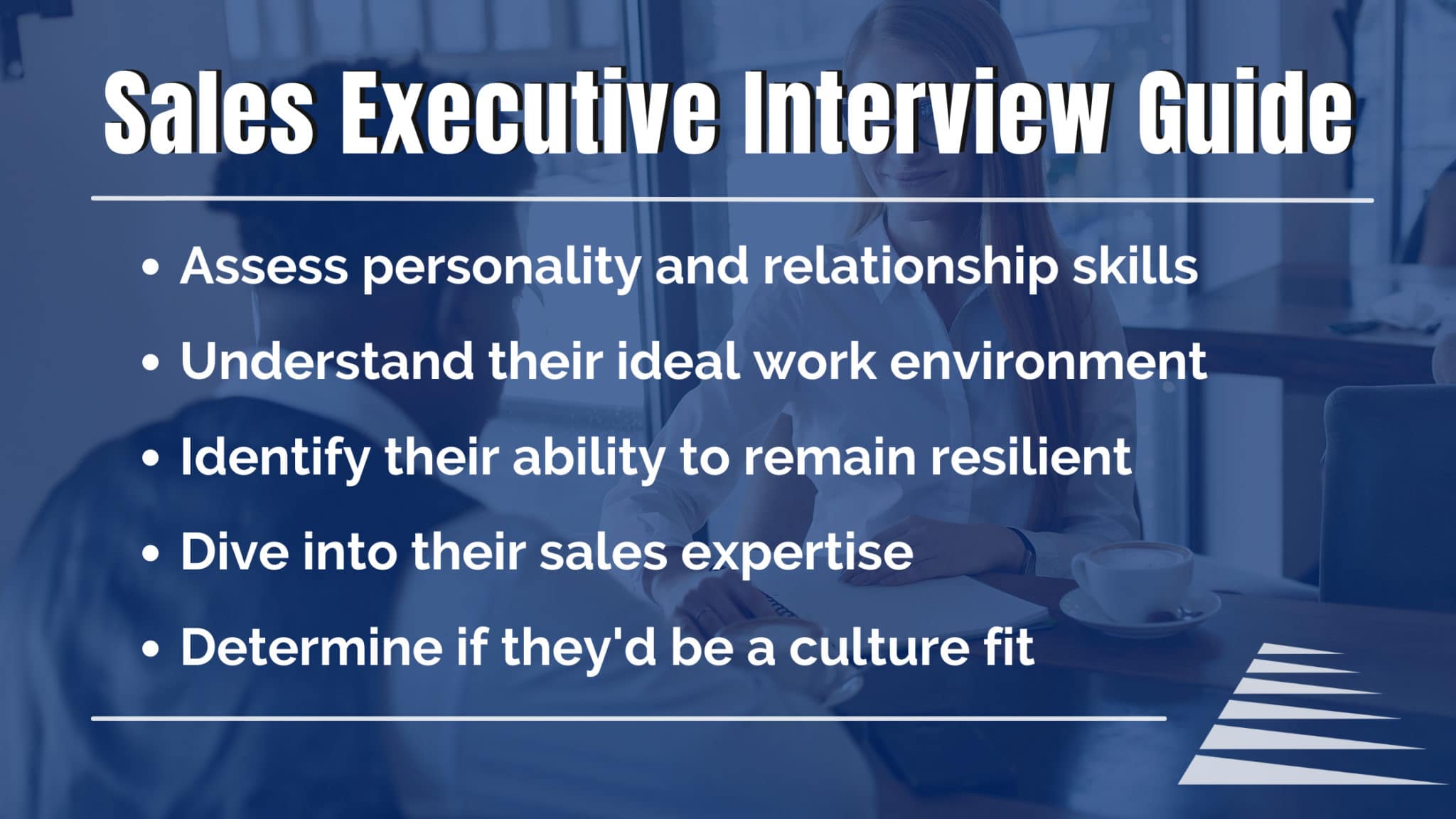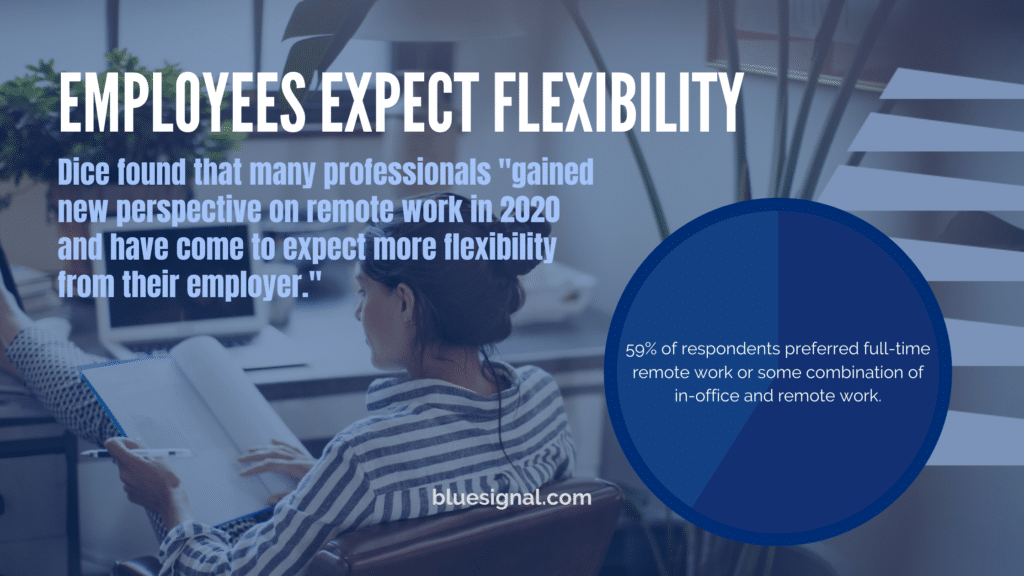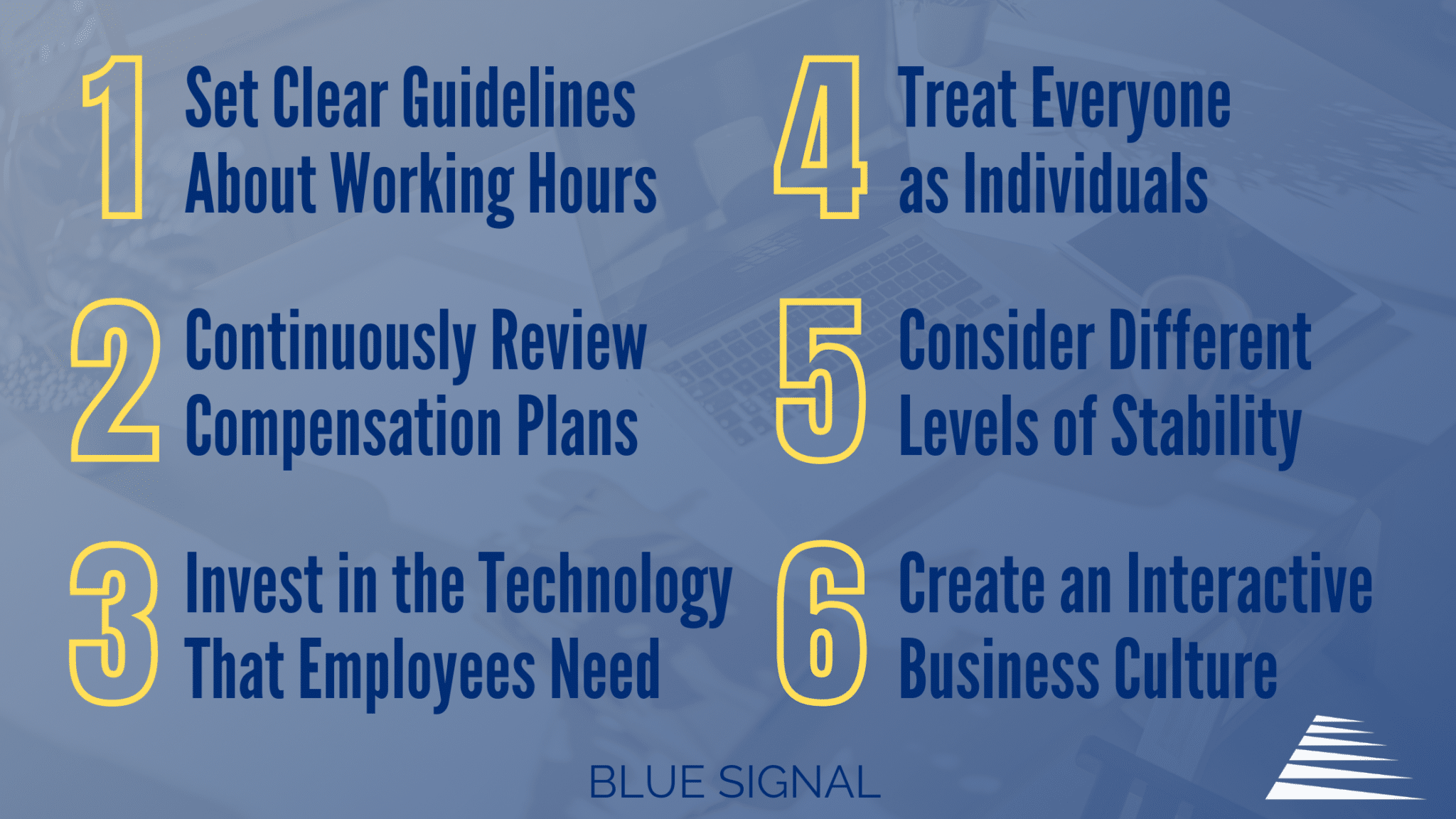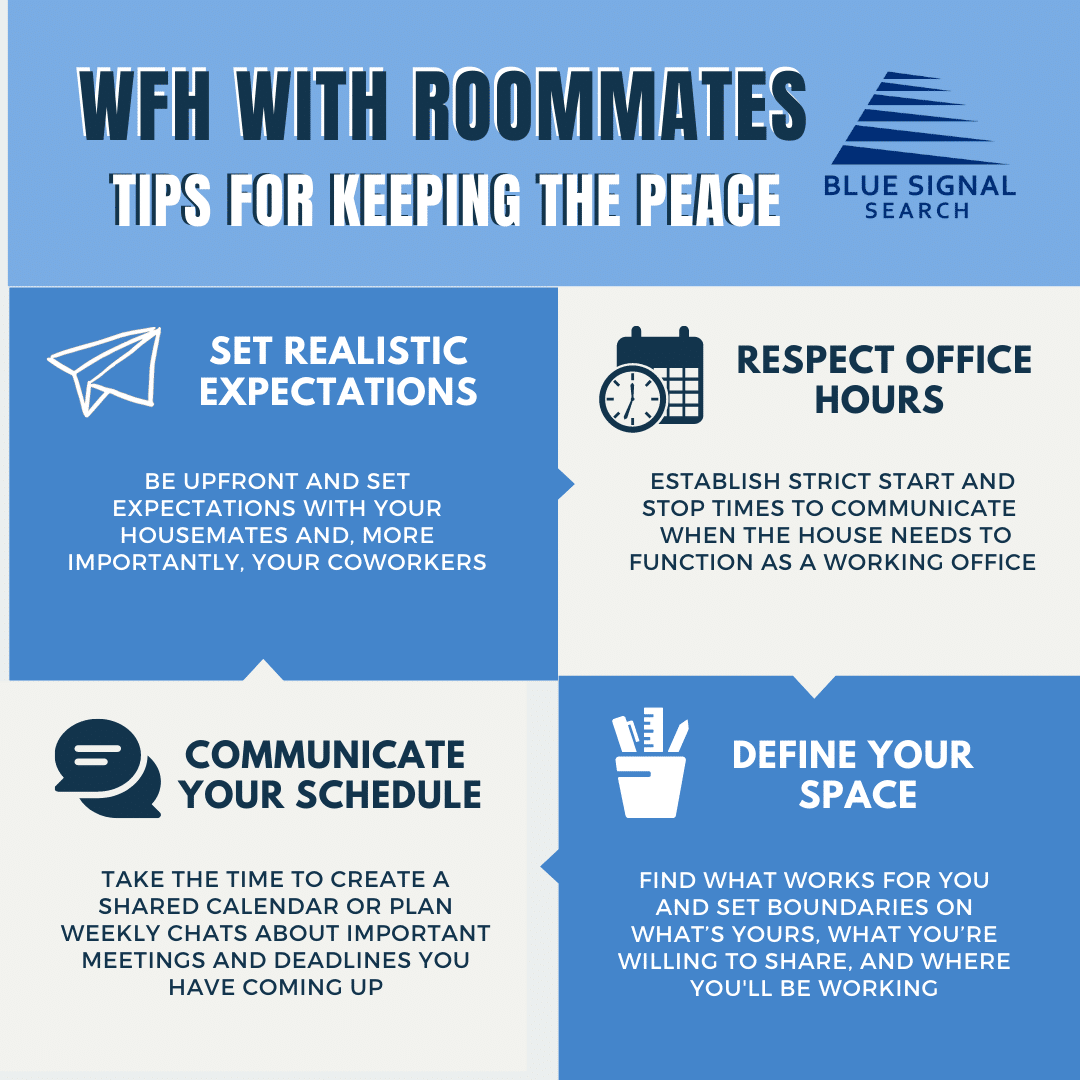Working remotely can be an accommodating arrangement for many employees, including people with disabilities. With its plethora of benefits, remote work is becoming a top hiring trend for 2022. Many thriving businesses are adopting this change, but are finding that creating an inclusive remote workplace for people with disabilities has its own unique challenges. This may seem daunting, however, the key to creating an inclusive remote workplace is simple. To achieve this goal, companies must provide employees with the freedom and flexibility to design their workspace and schedule in a way that meets their individual needs.
In addition, employers should provide clear expectations and guidelines for remote work, including how to stay connected with colleagues and receive support from their managers. But what additional steps can be taken to make everyone feel included without bias? In this blog, we will take a look at the best strategies for creating an inclusive remote workplace for people with disabilities.
Provide Assistive Technology
People with disabilities shouldn’t have to face additional obstacles when it comes to working remotely. Large personal expenses incurred by paying for their own assistive work equipment can cause unnecessary hurdles. Even with reimbursements, it can take time and headaches to get those expenses approved. Luckily, employers are required to provide assistive technology as a reasonable accommodation.
Common assistive technology includes screen readers, text-to-speech software, and audio captioning (which can be particularly helpful on remote video calls). During the interview process, make sure to discuss with your new employee which assistive technology they may need to thrive in the role. Ensuring your employee has the appropriate technology from the start will set them up for success in their role and help create an inclusive remote workplace.
Ask What They Need For an Inclusive Remote Workplace
Asking employees directly what they want is a way to ensure their needs are met. They are, after all, the best person to tell you what will make work easier for them. This conversation should be proactive; don’t wait for them to tell you that there’s an issue.
Fortunately, a recent report found that 71% of companies are willing to make adjustments for people with disabilities. While there is still room for improvement, it’s a great start. By asking employees what will improve their work environment, you are promoting an inclusive remote workplace. This shows that you value them as an employee and want to see them succeed. As they gain tenure, continue checking; as their role evolves, their needs may as well. Being open to suggestions and establishing regular check-ins will sustain an inclusive remote workplace.

Train Managers on How to Best Support Employees
In order to best support employees with disabilities, it is essential that managers receive suitable training on how to accommodate their needs. These trainings should cover a wide range of topics, from how to adapt work tasks to specific impairments, to interacting respectfully with employees who have disabilities. By ensuring that managers are properly prepared to support every member of their team, businesses can create a more inclusive remote workplace and unlock the full potential of their workforce.
Ensure Social Interaction is Accessible
Social interaction plays a huge part in establishing a strong company culture and camaraderie among colleagues, so it’s important that it’s consistent. This doesn’t mean that you all have to meet up every Friday after work but having casual conversation or messaging about your weekend can go a long way in supporting coworker bonding.
Making sure these events are accessible for people with disabilities is the only way to make them equitable and welcoming for all. This isn’t just about physical disabilities either – people with intellectual disabilities may need more regular breaks, for example. Whether it’s establishing virtual happy hours or team building activities, ensuring social interaction is accessible to all is a great way to create an engaged and inclusive remote workforce.
To Sum Up Creating an Inclusive Remote Workplace
Every employee is in a unique position and taking an individual approach will serve you well when creating an inclusive remote workplace. To be successful, make sure to talk to your team members with disabilities about adjustments that will make things more accessible for them. Remember to be open to their suggestions, even if it’s a new approach for you.
Blue Signal’s tenured team of recruiters specializes in diversity, equity, and inclusion recruiting. If you need guidance in creating an inclusive remote workplace, reach out to one of our recruiting professionals today to get started.
About Our Contributor
Dylan Reid is a freelance writer at 6XDMedia who holds a particular interest in employee welfare and has created content for established companies based all around the world. They hold a degree in creative writing and are always eager to expand their knowledge around different subjects.










